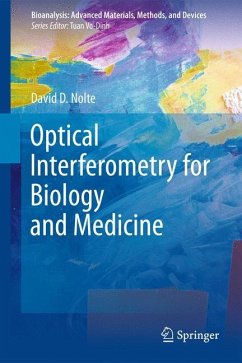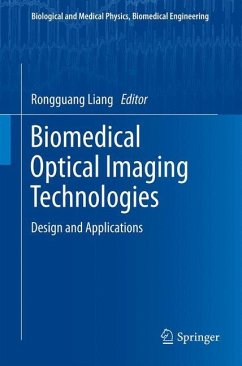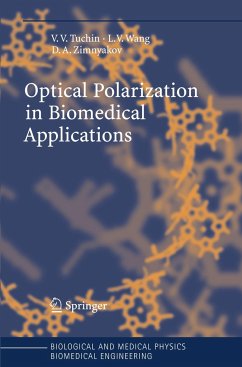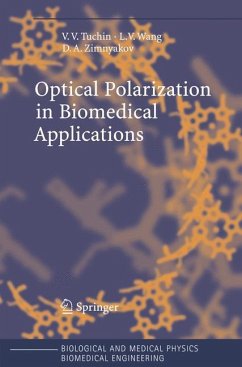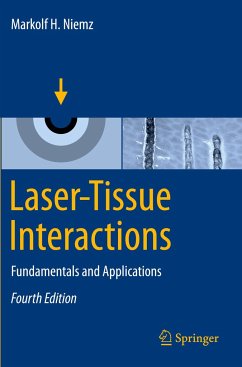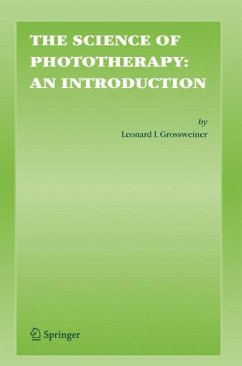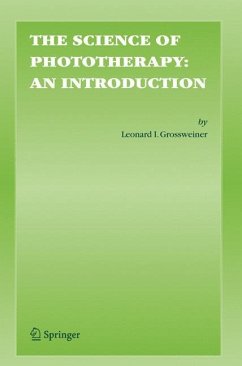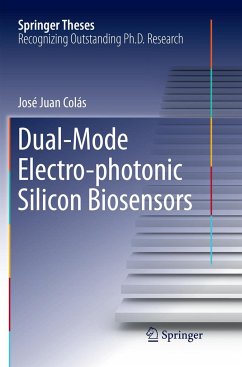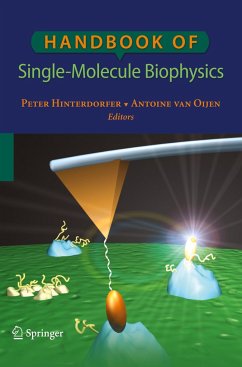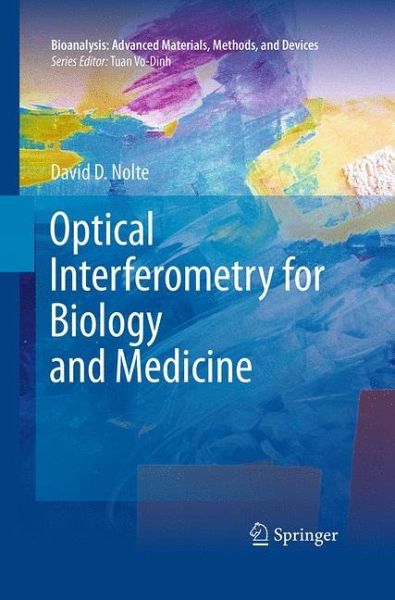
Optical Interferometry for Biology and Medicine
Versandkostenfrei!
Versandfertig in 6-10 Tagen
113,99 €
inkl. MwSt.
Weitere Ausgaben:

PAYBACK Punkte
57 °P sammeln!
This book presents the fundamental physics of optical interferometry as applied to biophysical, biological and medical research. Interference is at the core of many types of optical detection and is a powerful probe of cellular and tissue structure in interfererence microscopy and in optical coherence tomography. It is also the root cause of speckle and other imaging artefacts that limit range and resolution. For biosensor applications, the inherent sensitivity of interferometry enables ultrasensitive detection of molecules in biological samples for medical diagnostics. In this book, emphasis ...
This book presents the fundamental physics of optical interferometry as applied to biophysical, biological and medical research. Interference is at the core of many types of optical detection and is a powerful probe of cellular and tissue structure in interfererence microscopy and in optical coherence tomography. It is also the root cause of speckle and other imaging artefacts that limit range and resolution. For biosensor applications, the inherent sensitivity of interferometry enables ultrasensitive detection of molecules in biological samples for medical diagnostics. In this book, emphasis is placed on the physics of light scattering, beginning with the molecular origins of refraction as light propagates through matter, and then treating the stochastic nature of random fields that ultimately dominate optical imaging in cells and tissue. The physics of partial coherence plays a central role in the text, with a focus on coherence detection techniques that allow information to be selectively detected out of incoherent and heterogeneous backgrounds.
Optical Interferometry for Biology and Medicine is divided into four sections. The first covers fundamental principles, and the next three move up successive scales, beginning with molecular interferometry (biosensors), moving to cellular interferometry (microscopy), and ending with tissue interferometry (biomedical). An outstanding feature of the book is the clear presentation of the physics, with easy derivations of the appropriate equations, while emphasizing "rules of thumb" that can be applied by experimental researchers to give semi-quantitative predictions.
Optical Interferometry for Biology and Medicine is divided into four sections. The first covers fundamental principles, and the next three move up successive scales, beginning with molecular interferometry (biosensors), moving to cellular interferometry (microscopy), and ending with tissue interferometry (biomedical). An outstanding feature of the book is the clear presentation of the physics, with easy derivations of the appropriate equations, while emphasizing "rules of thumb" that can be applied by experimental researchers to give semi-quantitative predictions.





